7,428 cc L-Head Inline 6-cylinder Engine 50hp at 1,500 rpm 3-Speed Manual Transmission with electronic overdrive fitted. 4-Wheel Leaf Spring Suspension Lever activated Rear Drum Brakes with Foot actuated transmission Brake. *One of only 188 London-Edinburgh Silver Ghosts built *Phenomenal Documentation. *Concours level restoration *Ideal long distance tour car *One of the most original London to Edinburgh Ghost Chassis in existence THE LONDON TO EDINBURGH SILVER GHOST The Hon. Charles Stewart Rolls, British gentleman adventurer, aviator, racing driver and astute businessman and Frederick Henry Royce, engineer and innovator, were indeed an indomitable partnership, creating a motoring legend with a reputation for unsurpassed excellence. It says much for the business acumen of Rolls that, despite his inborn desire for things to happen quickly, he tolerated the pedantic and at times frustratingly slow attention to detail of his mechanical genius partner. From this pedantic attention, the Rolls-Royce 40/50hp, 'The Silver Ghost', was to emerge and to earn for itself and the company the accolade "The Best Car in the World". In production from 1907, the Rolls-Royce 40/50hp, (only later named 'The Silver Ghost'), was powered by a 7,036cc, six-cylinder engine from 1907-1909, later enlarged to 7,428cc. The 40/50hp car passed every test to which it was subjected, whether in service as a formal town carriage in the Capital, sprint racing on Saltburn Sands or competing in the arduous Scottish Trials. Royce's uncompromising engineering standards demanded only excellence of his staff in Manchester and later Derby and no chassis was delivered until it had been rigorously tested. Rolls-Royce, unlike other contemporary manufacturers, steadfastly refused to build their own coachwork, taking the view that their specialty was engineering excellence and leaving the coachwork to the exclusive group of dedicated coachbuilders who had made the seamless change from carriage manufacture to motor car body building. Contemporary Rolls-Royce advertising in 1911 featured Rolls-Royce Silver Ghost Chassis no.1701and its remarkable London to Edinburgh and return journey that year, describing the feat in the following terms: "The car.... was a standard Six-Cylinder Rolls-Royce chassis of 40/50hp. The trial... was to demonstrate that the car could travel from London to Edinburgh and back entirely on the top gear, that at the same time it could show an exceptionally economical petrol consumption, and yet attain considerable speed when required. The result...... the car traveled from London to Edinburgh and back on top gear on a petrol consumption of 24.32 miles per gallon, afterwards without alteration or adjustment attaining a speed of 78.26 miles per hour on the Brooklands track." Some factory wag mischievously noted the factory records for 1701 with the words 'The Sluggard' but clearly nothing could have been further from the truth for here was an up-to-the-minute and very fast model of the 40/50hp car which had already earned for Rolls-Royce the soubriquet – 'The Best Car in the World'. 1701, the car that gave the new model its 'London-to-Edinburgh' name, was just the second chassis built to the new specification with a massive torque tube to carry the propeller shaft, strengthened rear axle casings and, in the case of the first two cars in the series, inverted semi-elliptic rear springs. 1701 carried an elegant light tourer body by Holmes of Derby Ltd., carriage builders since the nineteenth century. With engine compression ratio upgraded, a larger carburetor and a skimpy wind-cheating body, 1701 was later to record a spectacular 101mph over the flying half mile at Brooklands with Edward W. Hives (later to become Chairman of Rolls-Royce) at the wheel. So not only could Rolls-Royce satisfy the market that demanded the most comfortable formal cars built in the best traditional coach-building traditions, but here was a sporting car with few, if any equals, from
7,428 cc L-Head Inline 6-cylinder Engine 50hp at 1,500 rpm 3-Speed Manual Transmission with electronic overdrive fitted. 4-Wheel Leaf Spring Suspension Lever activated Rear Drum Brakes with Foot actuated transmission Brake. *One of only 188 London-Edinburgh Silver Ghosts built *Phenomenal Documentation. *Concours level restoration *Ideal long distance tour car *One of the most original London to Edinburgh Ghost Chassis in existence THE LONDON TO EDINBURGH SILVER GHOST The Hon. Charles Stewart Rolls, British gentleman adventurer, aviator, racing driver and astute businessman and Frederick Henry Royce, engineer and innovator, were indeed an indomitable partnership, creating a motoring legend with a reputation for unsurpassed excellence. It says much for the business acumen of Rolls that, despite his inborn desire for things to happen quickly, he tolerated the pedantic and at times frustratingly slow attention to detail of his mechanical genius partner. From this pedantic attention, the Rolls-Royce 40/50hp, 'The Silver Ghost', was to emerge and to earn for itself and the company the accolade "The Best Car in the World". In production from 1907, the Rolls-Royce 40/50hp, (only later named 'The Silver Ghost'), was powered by a 7,036cc, six-cylinder engine from 1907-1909, later enlarged to 7,428cc. The 40/50hp car passed every test to which it was subjected, whether in service as a formal town carriage in the Capital, sprint racing on Saltburn Sands or competing in the arduous Scottish Trials. Royce's uncompromising engineering standards demanded only excellence of his staff in Manchester and later Derby and no chassis was delivered until it had been rigorously tested. Rolls-Royce, unlike other contemporary manufacturers, steadfastly refused to build their own coachwork, taking the view that their specialty was engineering excellence and leaving the coachwork to the exclusive group of dedicated coachbuilders who had made the seamless change from carriage manufacture to motor car body building. Contemporary Rolls-Royce advertising in 1911 featured Rolls-Royce Silver Ghost Chassis no.1701and its remarkable London to Edinburgh and return journey that year, describing the feat in the following terms: "The car.... was a standard Six-Cylinder Rolls-Royce chassis of 40/50hp. The trial... was to demonstrate that the car could travel from London to Edinburgh and back entirely on the top gear, that at the same time it could show an exceptionally economical petrol consumption, and yet attain considerable speed when required. The result...... the car traveled from London to Edinburgh and back on top gear on a petrol consumption of 24.32 miles per gallon, afterwards without alteration or adjustment attaining a speed of 78.26 miles per hour on the Brooklands track." Some factory wag mischievously noted the factory records for 1701 with the words 'The Sluggard' but clearly nothing could have been further from the truth for here was an up-to-the-minute and very fast model of the 40/50hp car which had already earned for Rolls-Royce the soubriquet – 'The Best Car in the World'. 1701, the car that gave the new model its 'London-to-Edinburgh' name, was just the second chassis built to the new specification with a massive torque tube to carry the propeller shaft, strengthened rear axle casings and, in the case of the first two cars in the series, inverted semi-elliptic rear springs. 1701 carried an elegant light tourer body by Holmes of Derby Ltd., carriage builders since the nineteenth century. With engine compression ratio upgraded, a larger carburetor and a skimpy wind-cheating body, 1701 was later to record a spectacular 101mph over the flying half mile at Brooklands with Edward W. Hives (later to become Chairman of Rolls-Royce) at the wheel. So not only could Rolls-Royce satisfy the market that demanded the most comfortable formal cars built in the best traditional coach-building traditions, but here was a sporting car with few, if any equals, from
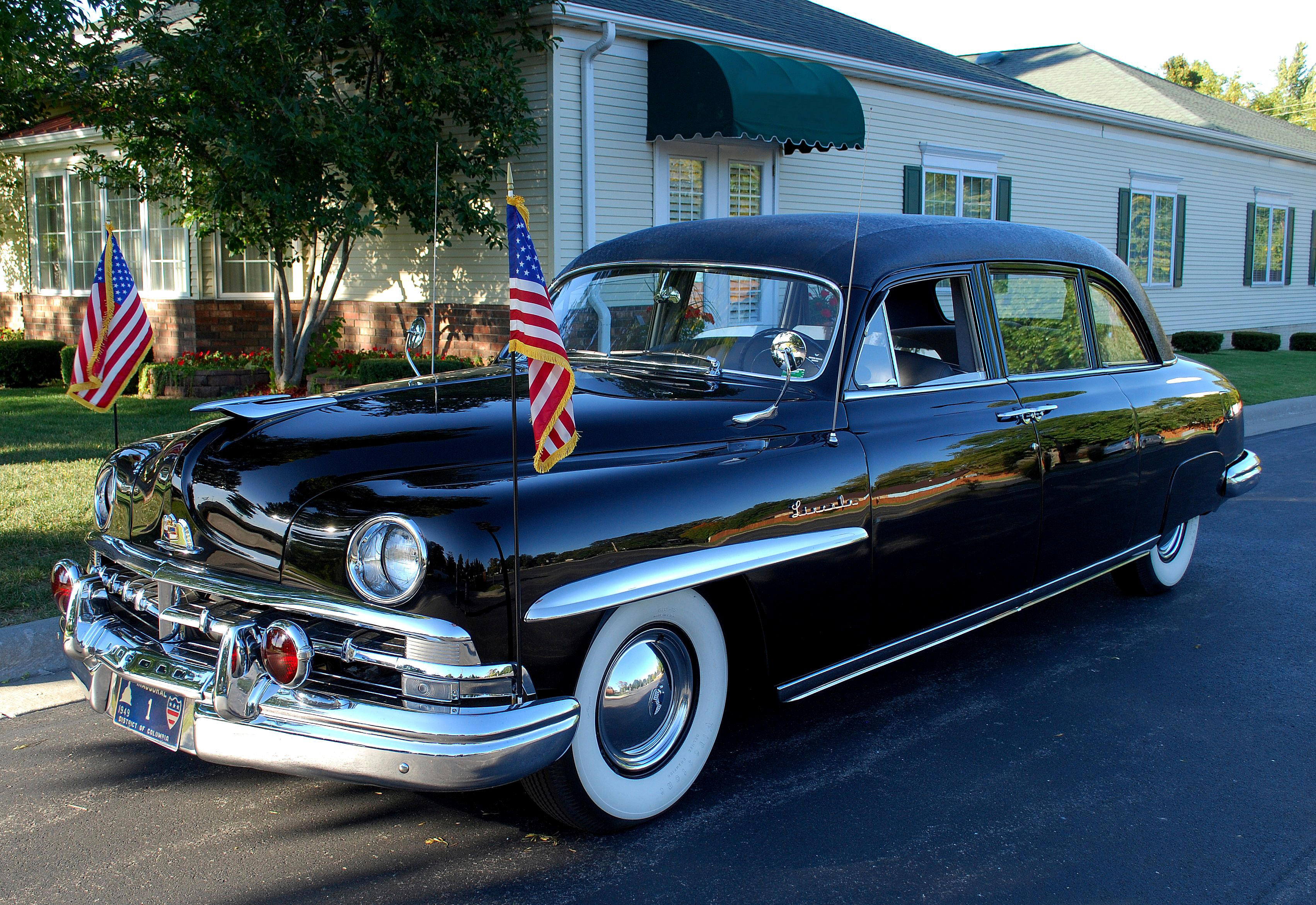





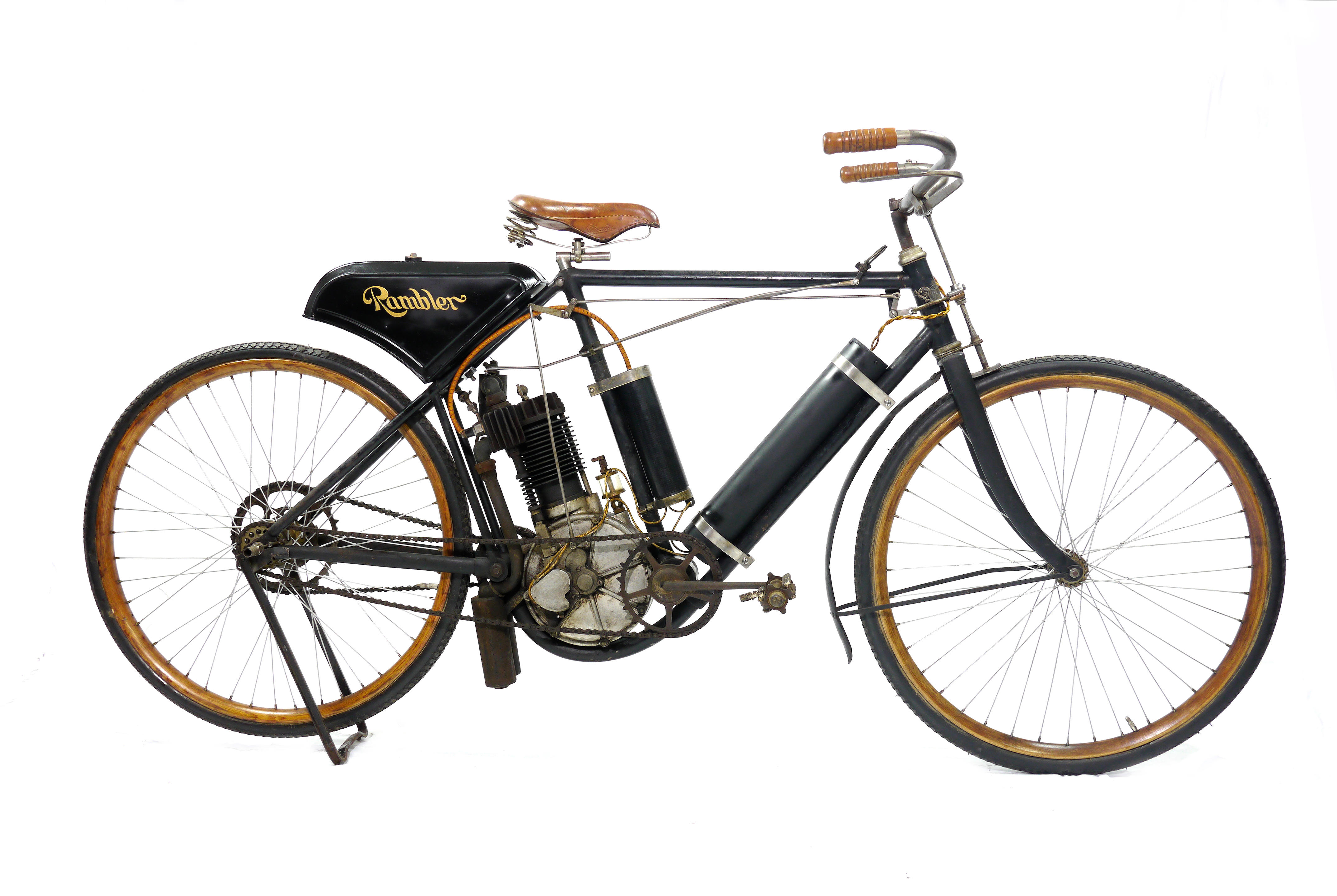
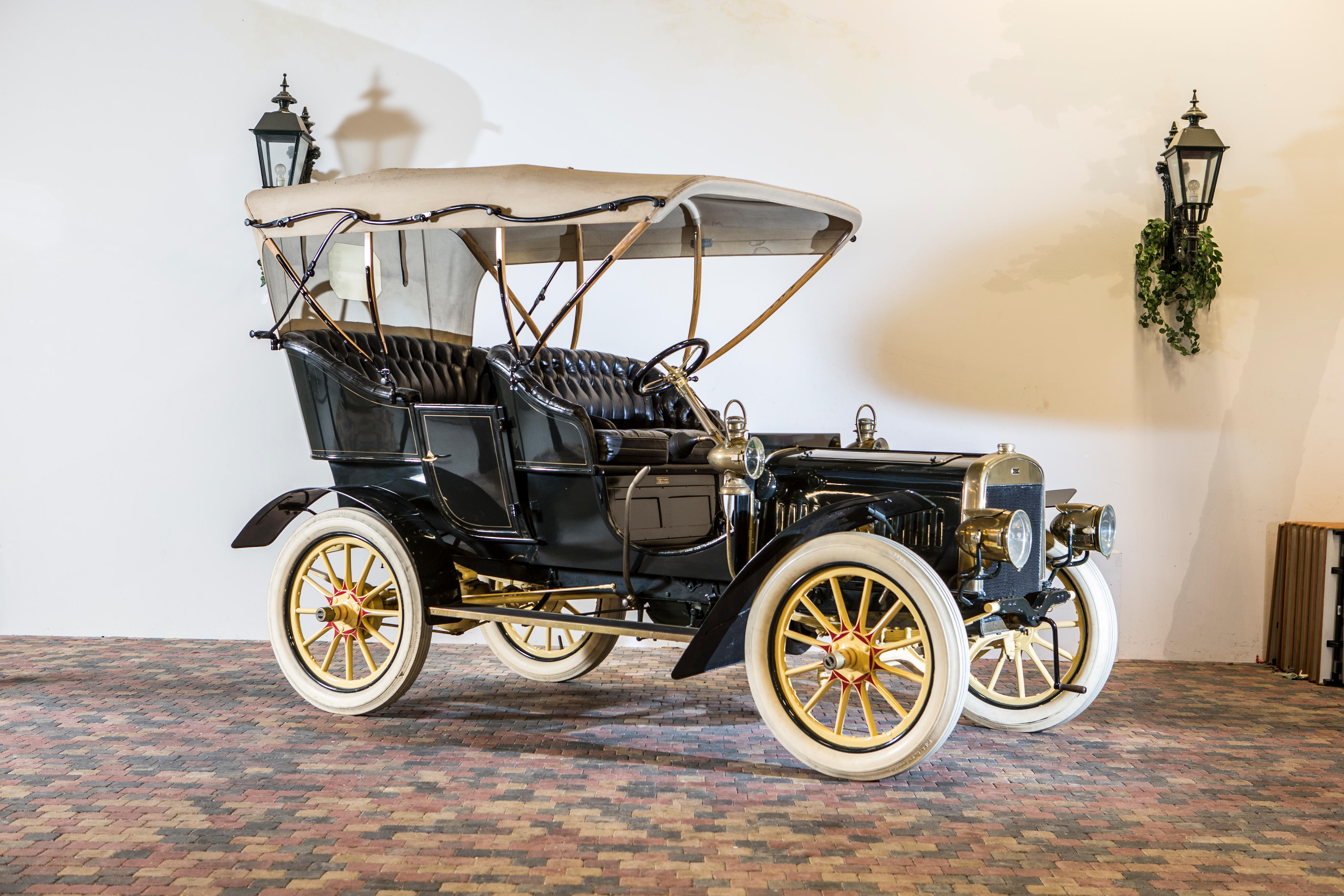
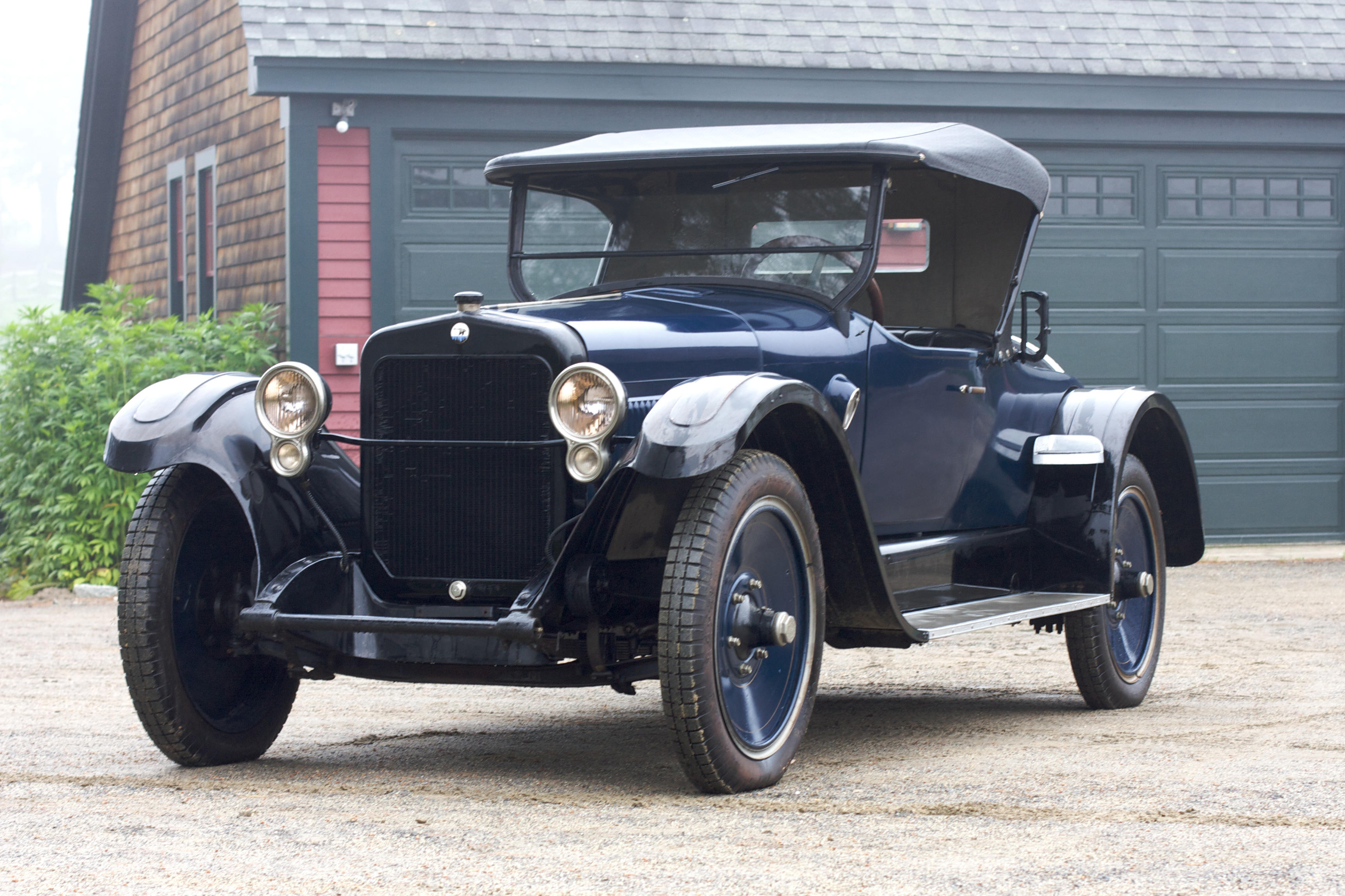
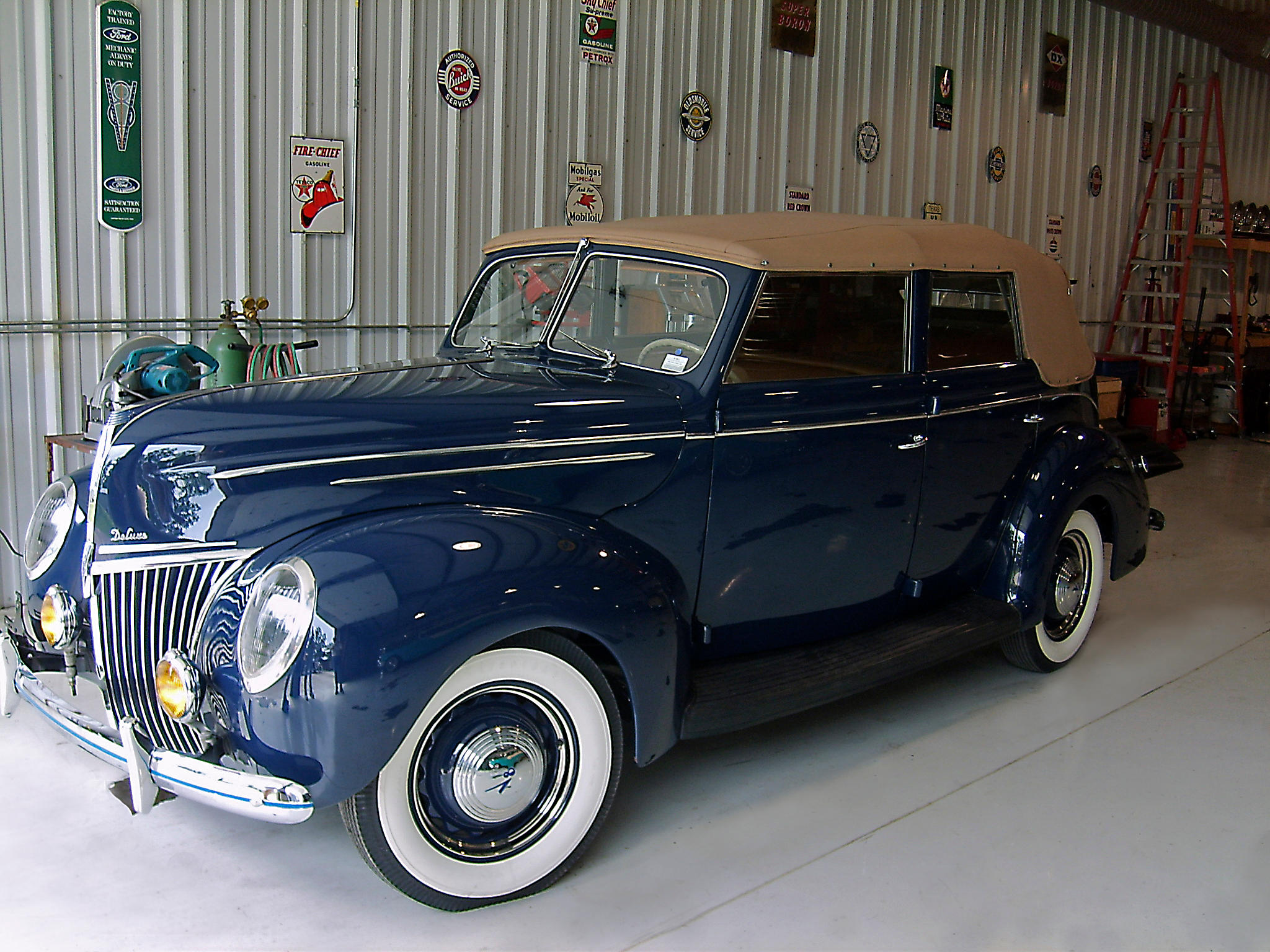
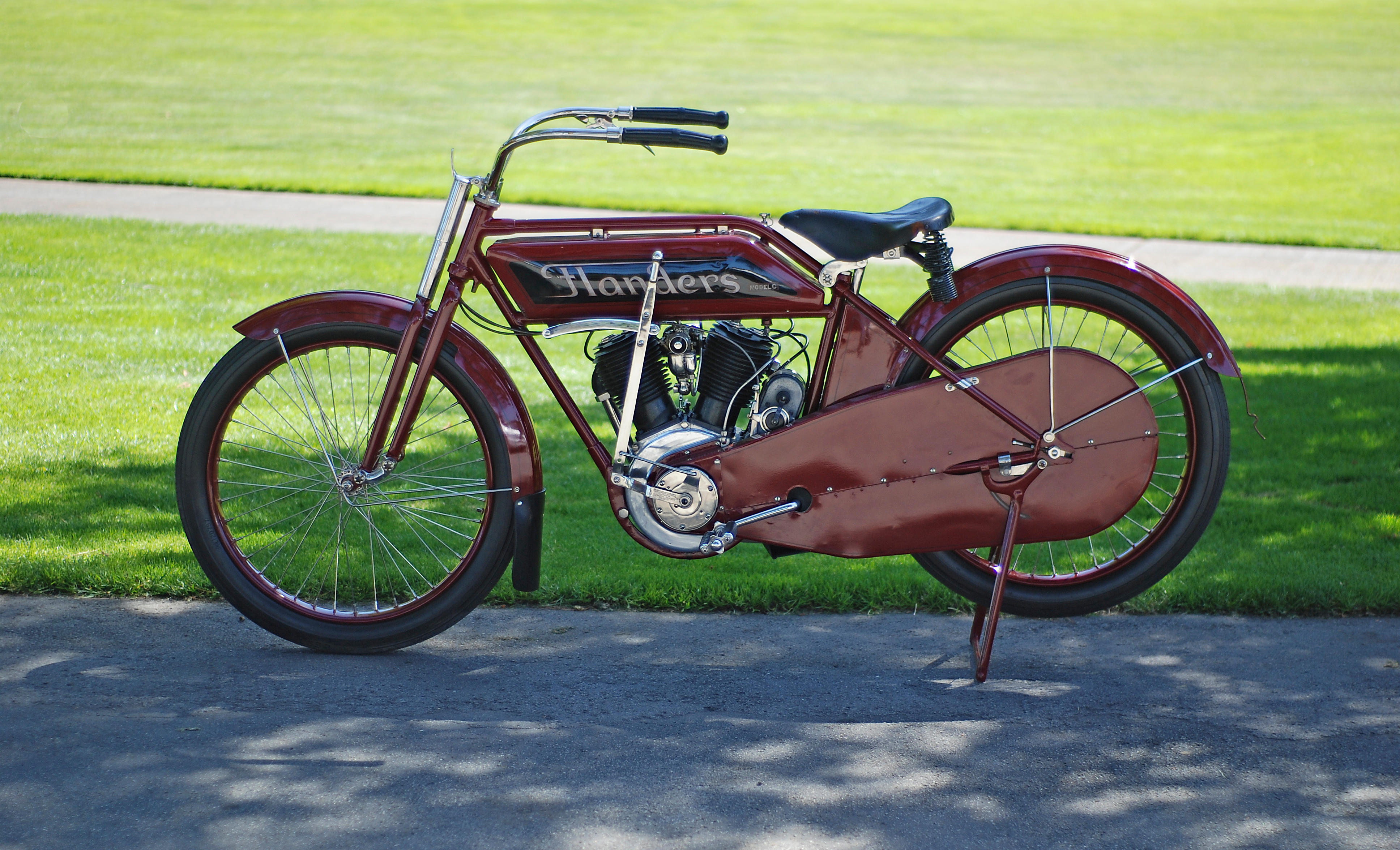
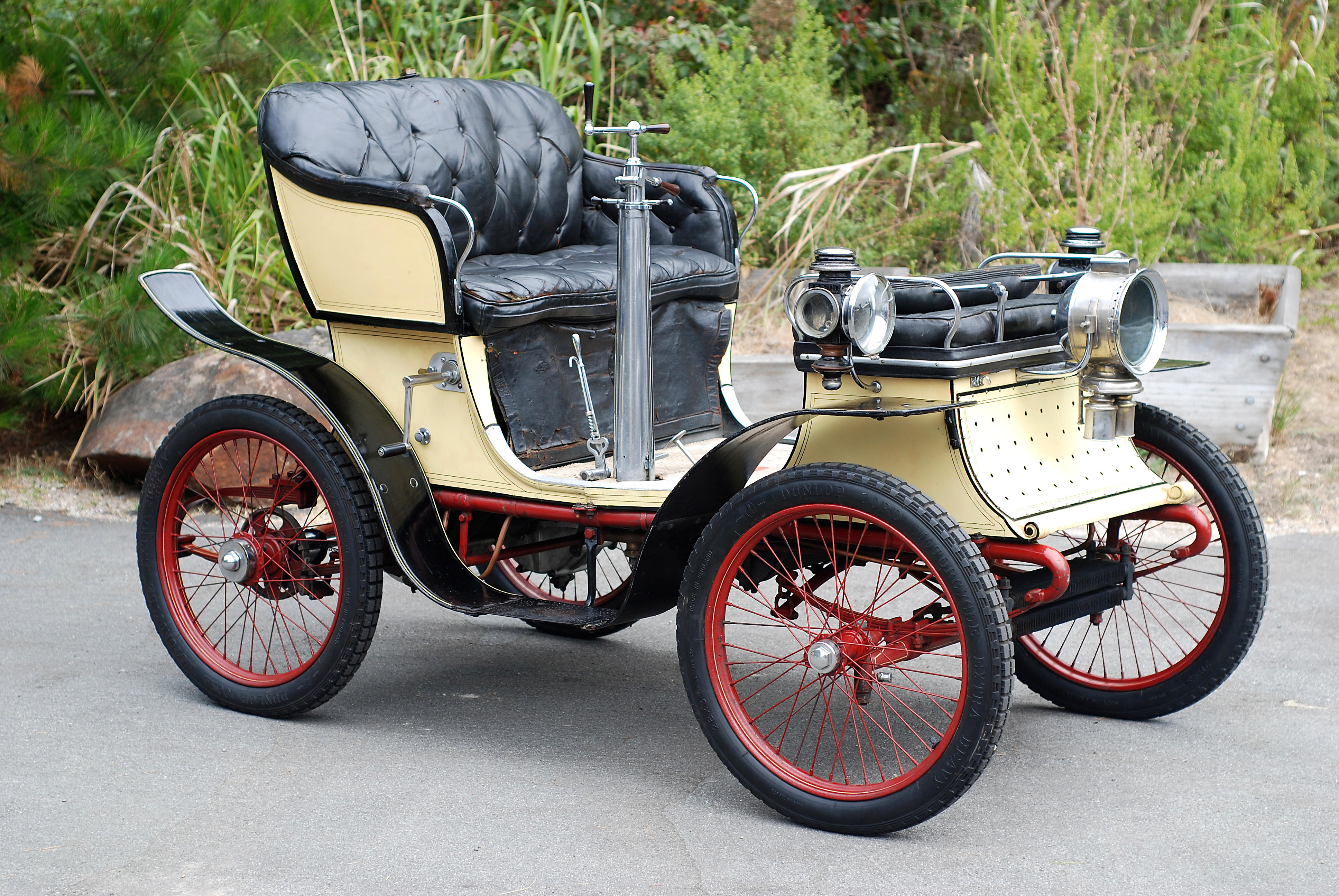



Try LotSearch and its premium features for 7 days - without any costs!
Be notified automatically about new items in upcoming auctions.
Create an alert